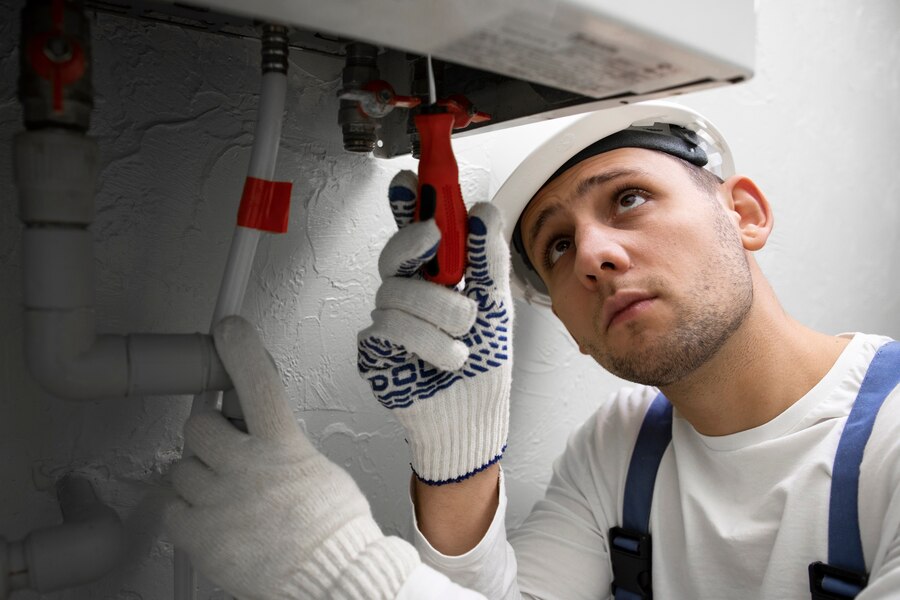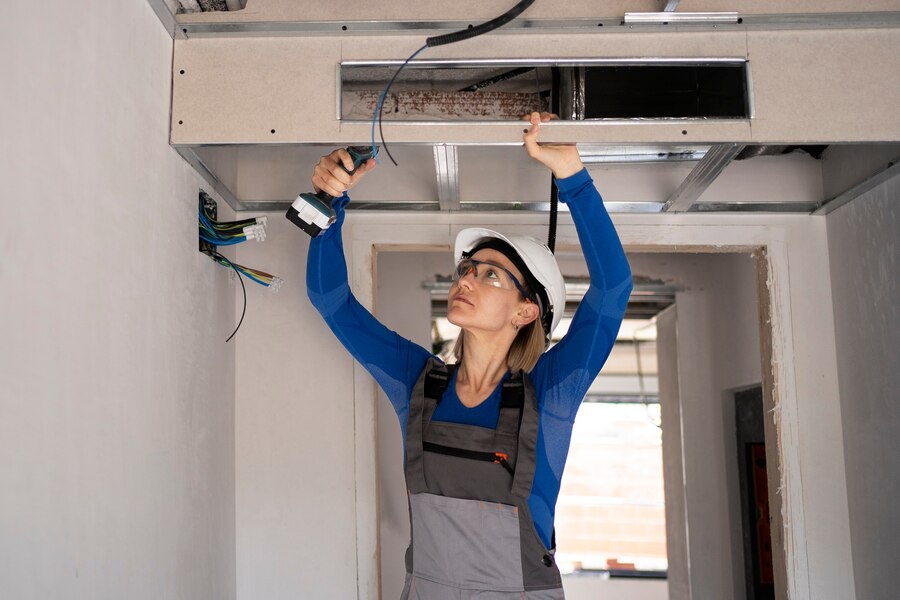When the cold winter months arrive in Brea, California, a properly functioning furnace becomes essential for maintaining a comfortable indoor environment. The pilot light is a crucial component of a furnace, responsible for igniting the gas and initiating the heating process. However, homeowners often encounter various pilot light issues that can disrupt the heating system’s performance.
Heating and Air Conditioning Services
In this article, we will delve into the science behind furnace pilot light issues and explore the mechanisms that lead to pilot light failures. By understanding these malfunctions, homeowners can troubleshoot and address the problems effectively, ensuring their furnace operates optimally throughout the winter season.
Understanding Furnace Pilot Light Malfunctions
A malfunctioning pilot light can result in a furnace that fails to heat your home adequately. To troubleshoot and resolve these issues, it is crucial to have a basic understanding of how the pilot light functions and the common problems that can arise.
1. Insufficient Gas Supply
One of the primary reasons for pilot light issues is an insufficient gas supply. A pilot light requires a steady flow of gas to ignite and remain lit. If there is a disruption in the gas supply, the pilot light may flicker, go out, or fail to ignite altogether.
To address this issue, homeowners should check the gas valve to ensure it is fully open. Additionally, it is essential to inspect the gas line for any leaks or blockages that may be hindering the flow of gas to the pilot light.
2. Dirty Pilot Orifice
Over time, the pilot orifice can become clogged with dirt, dust, or debris, obstructing the flow of gas to the pilot light. This can lead to a weak or inconsistent flame, causing the pilot light to go out frequently.
Regular maintenance and cleaning of the pilot orifice can help prevent this issue. Homeowners can use a small brush or compressed air to remove any accumulated debris and ensure the orifice remains clean and clear.
3. Thermocouple Problems
The thermocouple is a safety device that detects the presence of a flame. If the thermocouple fails to detect a flame, it sends a signal to the gas valve, shutting off the gas supply and extinguishing the pilot light.
A faulty or malfunctioning thermocouple can lead to pilot light issues. Homeowners should inspect the thermocouple for any signs of wear, damage, or misalignment. If necessary, replacing the thermocouple can resolve the problem and ensure the pilot light remains lit consistently.

Analyzing Furnace Pilot Light Issues
Now that we have explored some common furnace pilot light malfunctions, let’s delve deeper into the science behind these issues. Understanding the underlying mechanisms can provide valuable insights into troubleshooting and resolving pilot light problems.
1. Gas Combustion Process
The pilot light plays a crucial role in the gas combustion process within a furnace. When the gas valve opens, allowing gas to flow into the combustion chamber, the pilot light ignites the gas, creating a small flame. This flame then ignites the main burners, which produce the heat required to warm the air circulating through the furnace.
However, if the pilot light fails to ignite or remain lit, the gas combustion process cannot occur, resulting in a furnace that fails to produce heat. Understanding this process helps homeowners identify and address pilot light issues effectively.
2. Thermocouple Operation
The thermocouple acts as a safety device, ensuring that the pilot light remains lit only when there is a flame present. It consists of two dissimilar metals joined together, creating a temperature-sensitive electrical circuit.
When the pilot light is lit, the heat from the flame generates a small electrical current in the thermocouple. This current keeps the gas valve open, allowing gas to flow to the pilot light. However, if the pilot light goes out, the thermocouple quickly cools down, breaking the electrical circuit and closing the gas valve.
Understanding the operation of the thermocouple helps homeowners diagnose pilot light issues related to its functionality. If the thermocouple fails to detect a flame or if it becomes damaged, it can lead to pilot light failures.
Mechanisms Behind Pilot Light Failures
Now that we have explored the science behind furnace pilot light issues, let’s examine the underlying mechanisms that can cause these failures.
1. Wear and Tear
Over time, the pilot light components, including the thermocouple and the pilot orifice, can experience wear and tear. This can result in reduced performance, leading to pilot light malfunctions.
Regular maintenance and inspection of these components can help identify any signs of wear and address them promptly. By replacing worn-out parts, homeowners can prevent pilot light failures and ensure their furnace operates efficiently.
2. Environmental Factors
Environmental factors, such as dust, dirt, and humidity, can also contribute to pilot light issues. Accumulated debris can obstruct the flow of gas to the pilot light, while high humidity levels can cause corrosion or rusting of the pilot light components.
Regular cleaning and maintenance, including keeping the furnace area clean and dry, can help mitigate these environmental factors and prevent pilot light failures.
3. Improper Installation or Adjustment
In some cases, pilot light issues can be attributed to improper installation or adjustment of the furnace components. If the pilot light is not aligned correctly, it may fail to ignite or remain lit consistently.
Professional installation and regular maintenance by qualified technicians, such as those from Tradewind Heating and Air, can ensure that the furnace components are installed correctly and adjusted to optimal settings.
Discover The Science Behind Furnace Pilot Light Issues at Tradewind HVAC
Understanding the science behind furnace pilot light issues is essential for homeowners in Brea, California, to effectively troubleshoot and resolve these problems. By recognizing the mechanisms that lead to pilot light failures and analyzing the underlying causes, homeowners can ensure their furnace operates efficiently throughout the winter season.
Tradewind Heating and Air, a trusted HVAC company in Brea, offers expert solutions to address furnace pilot light issues. With their knowledge and expertise, homeowners can rely on their services to keep their furnaces running smoothly and their homes comfortably warm. Reach out with us today to schedule maintenance and ensure your home stays cozy throughout the colder months.

FAQs

